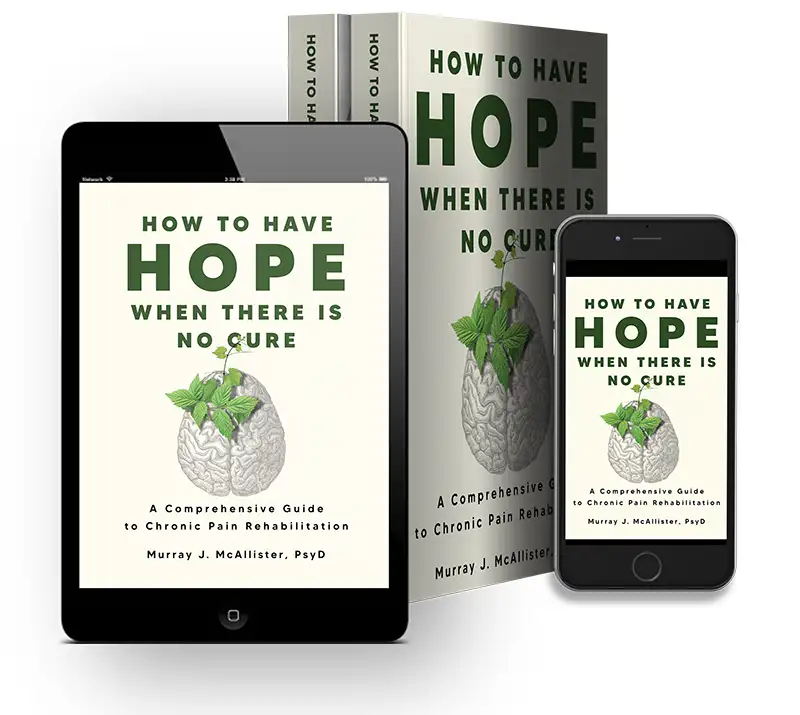
You can find the hardcover, paperback, and ebook versions here or wherever you buy your books
The Institute has provided those living with chronic pain, their family members and their providers evidence-based digestible information about chronic pain for over ten years. We are pleased to be publishing How to Have Hope When There Is No Cure: A Comprehensive Guide to Chronic Pain Rehabilitation. This groundbreaking book is the culmination of decades of work by our late founder, Dr. Murray J McAllister, PsyD, and serves as the pinnacle of our mission; to make pain management more effective by changing the culture of how chronic pain is treated. With the publication of this book, we will no longer be adding new content to our website or social channels, but current content will remain available.Trigeminal Neuralgia
What is trigeminal neuralgia?
Trigeminal neuralgia (TN) is a condition that causes pain in the face and head. The pain is usually on one side of the face. It is related to the trigeminal nerve, which runs from the brain to the side of the face.
Neuralgia
What is neuralgia?
Neuralgia is a sharp type of pain that is associated with a problem in a nerve or nerves. It can range in intensity from mild to severe.
Neuralgia is most often associated with two unrelated conditions, trigeminal neuralgia and post-herpetic neuralgia.
Facial Pain
What is facial pain?
Facial pain is a catchall term for any type of pain in the face. Facial pain can be either acute or chronic. Acute pain is pain that lasts less than six months. Acute pain usually resolves either on its own or with treatment. Examples are sinusitis, infections of the mouth or gums, or injuries to the face, such as a black eye or broken nose. Chronic facial pain is pain that either lasts continuously for over six months or occurs on a fluctuating basis over a period of six months or longer. Examples are trigeminal neuralgia and temporomandibular joint disorder.
-
Opioid Tapering as an Exposure-based Therapy for Chronic Pain
“Thank you. I’m so grateful to all of you. You’ve given me my life back… but why did it take so long for me to be referred to this program?” This series of statements, along with the concluding question, is… -
What is Cognitive Behavioral Therapy for Pain?
Cognitive behavioral therapy is a traditional form of therapy that is used for a great many types of health conditions. Historically beginning in the 1970’s, it was first used as treatments for chronic pain and depression,1, 2 but later applied to… -
Why See a Psychologist for Pain?
People are sometimes surprised that there are psychologists who are not mental health providers. It’s also true for people with persistent pain who might wonder why their physician referred them to a psychologist for the management of pain. ‘I’m not… -
Whatever Happened to Backache?
You’d think that we’d all agree on what back pain is. Pain in the low back is almost as common as days of the week. Most everyone has had or will have back pain in the course of their lives… -
Should the Definition of Opioid Addiction Change?
Twenty some odd years ago, the American Academy of Pain Medicine and the American Pain Society, two large pain-related professional organizations, teamed up to agree upon what it means to have both chronic pain and be addicted to opioid pain…


